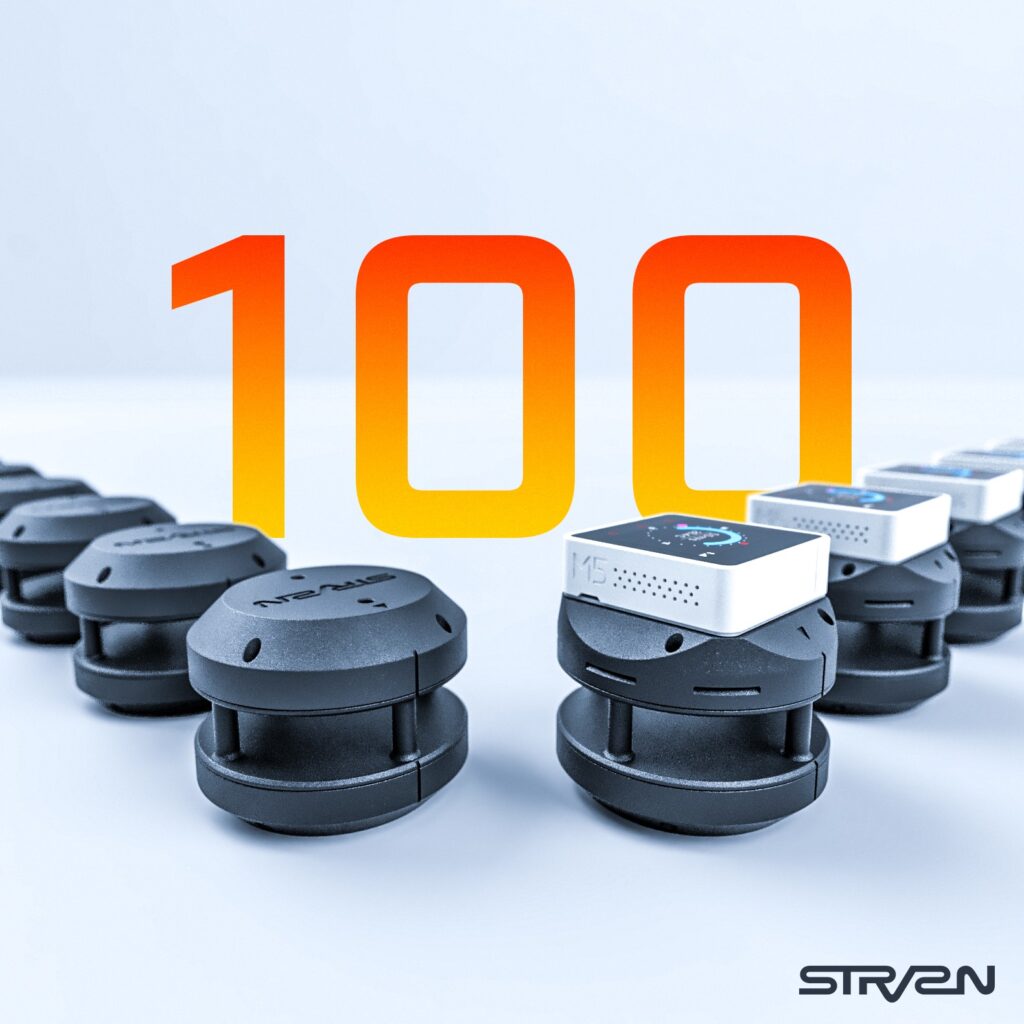
It has been one year since STRATOVISION independently developed and announced the "ULSA (Ultrasonic Anemometer)" on Twitter. (Online sales began in December last year.)
Thanks to your support, the total number of ULSA units shipped has reached 100 in this milestone year.
超コンパクトな超音波風速計 ULSA(アルサ)誕生!
— STRATOVISION🎈気球の開発 (@strvsn) August 29, 2022
構想7年、開発4年ついに完成。
「気球上における風速測定」という困難なテーマの克服のために開発を行なってきました!
超音波風速計が欲しい〜!というニーズにも応えられる風速計ができました!
週末MFTで気球と共にご覧ください!#MFTokyo2022 pic.twitter.com/vb78BSPoT9
The Birth of ULSA
ULSA was originally developed as part of STRATOVISION's technological development process for the "Gliding Recovery Balloon Observation System," aimed at creating a "high-performance and compact onboard airspeed sensor."
Before ULSA, most ultrasonic wind speed and direction sensors were advanced measurement devices used mainly for industrial or research purposes. They were generally difficult to obtain, expensive, and relatively large and heavy, making them unsuitable for payloads on small unmanned balloons. Hence, we had no choice but to develop one ourselves.
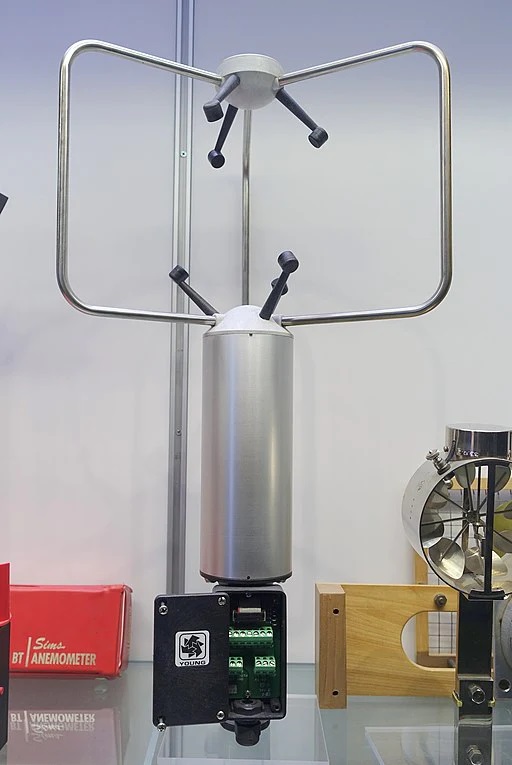
We began developing the airspeed sensor for balloons at the end of 2018. However, due to the high technical difficulty of ultrasonic anemometers and our ambitious goal of making them compact, development was challenging.
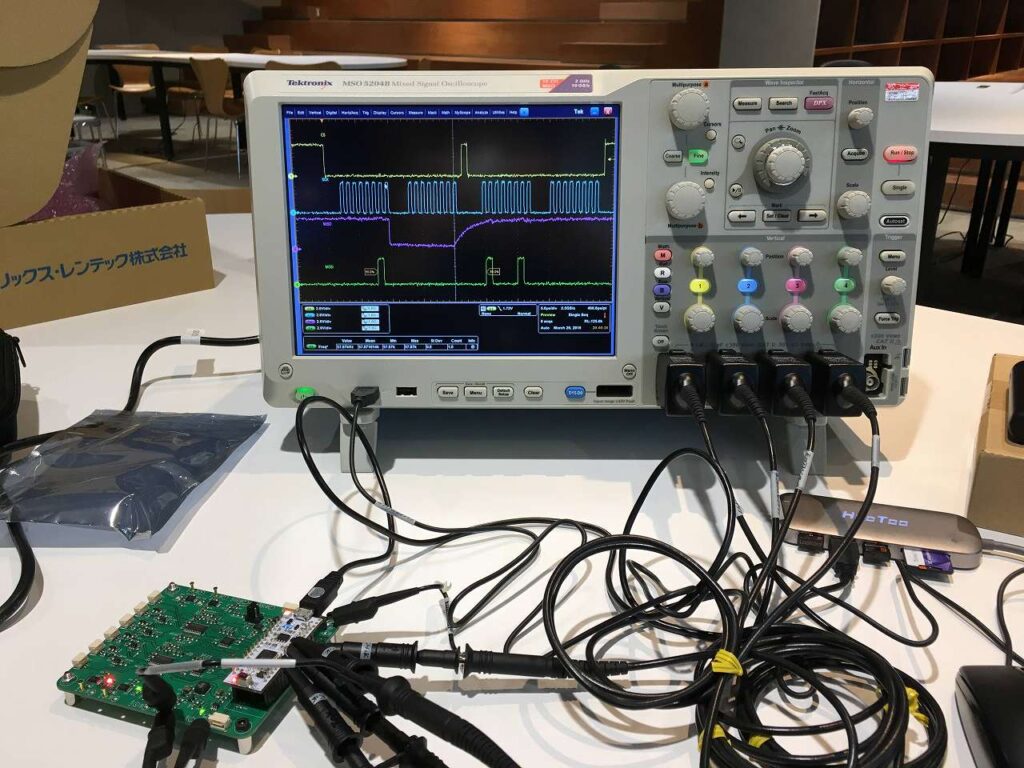
Despite the difficult development, as the performance of the prototypes became apparent, we realized that ultrasonic anemometers had significant advantages over traditional mechanical anemometers.
We were confident that if we could create a more affordable and compact ultrasonic anemometer, there would be broad demand beyond just balloon applications. Thus, we began full-scale development of ULSA at the end of 2021.
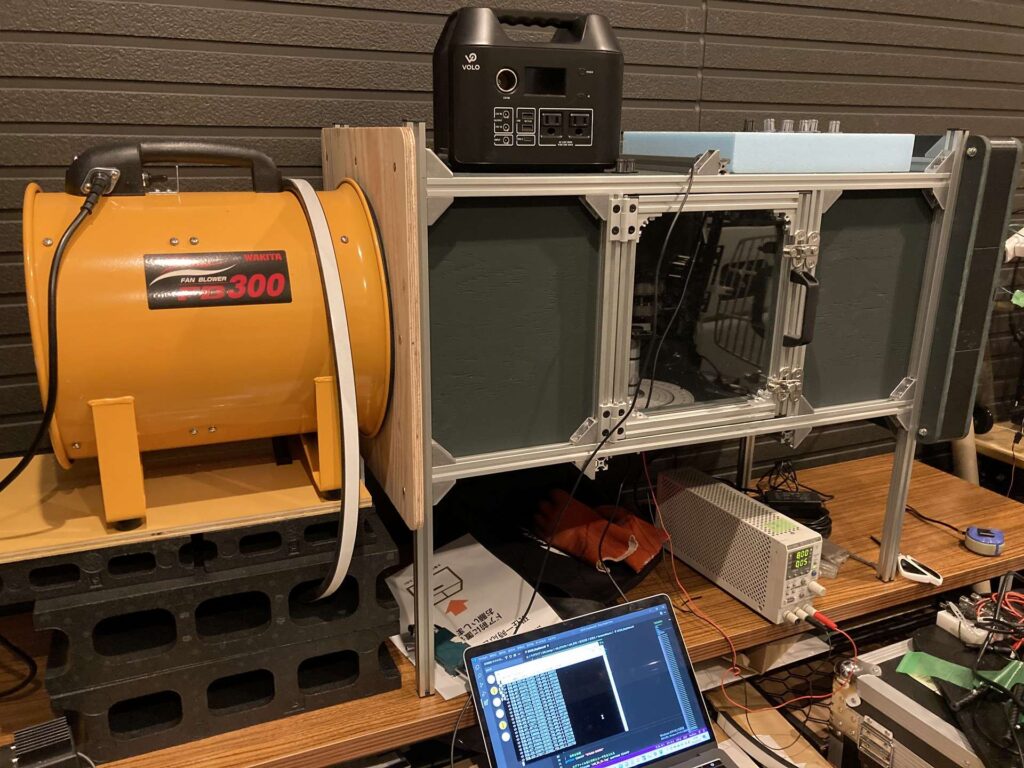
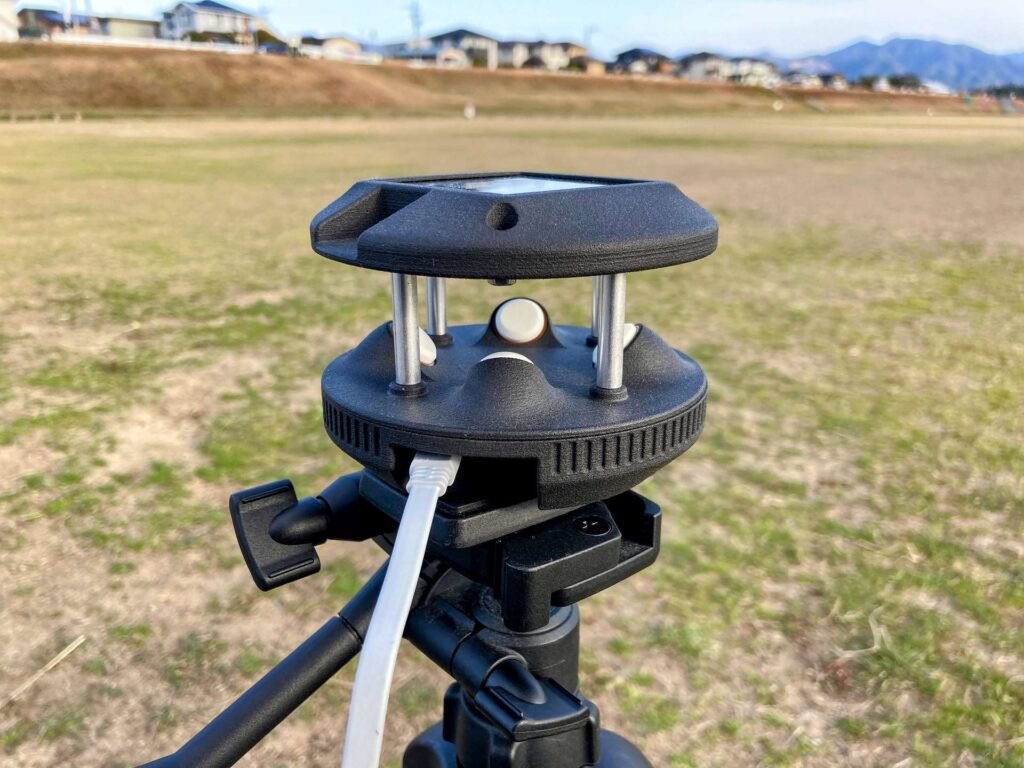
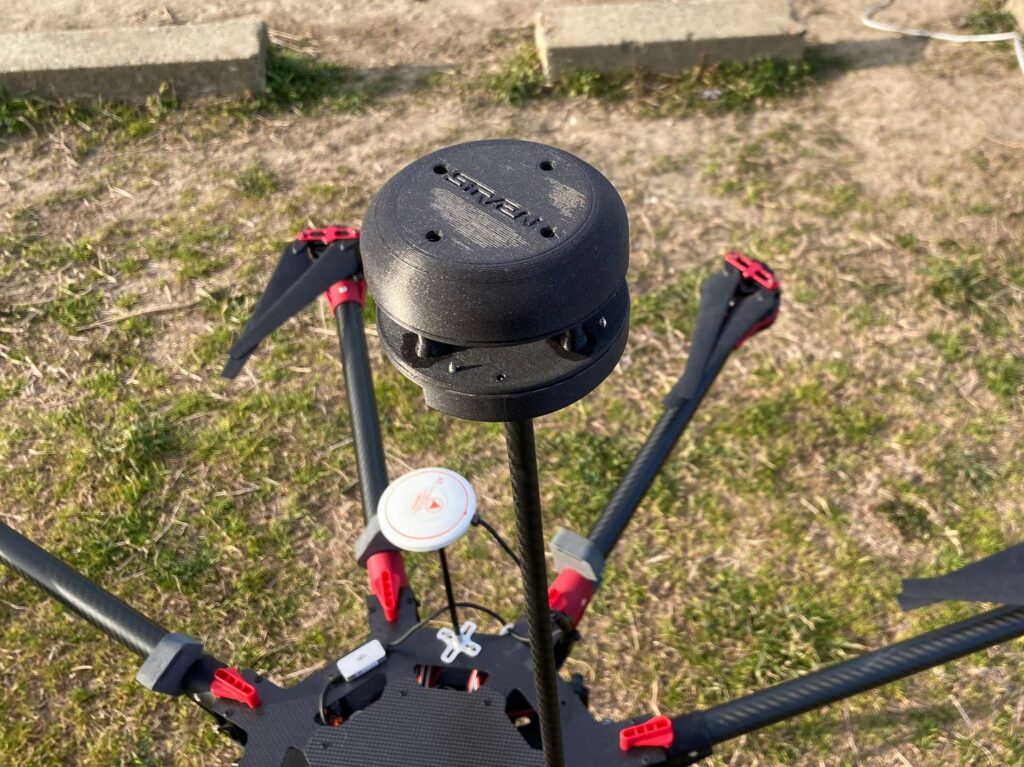
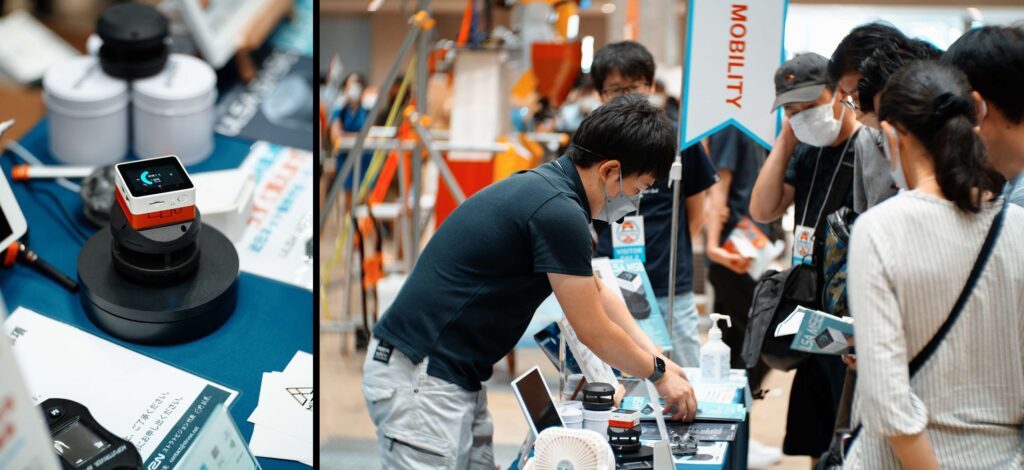
Through this process and a long development period, ULSA was born.
ULSA is a low-cost and compact ultrasonic anemometer, achieved by omitting high-speed wind measurement and waterproof functions, but it still boasts measurement performance comparable to higher-priced models. It is not just a low-cost and compact anemometer but a practical tool that meets various needs.
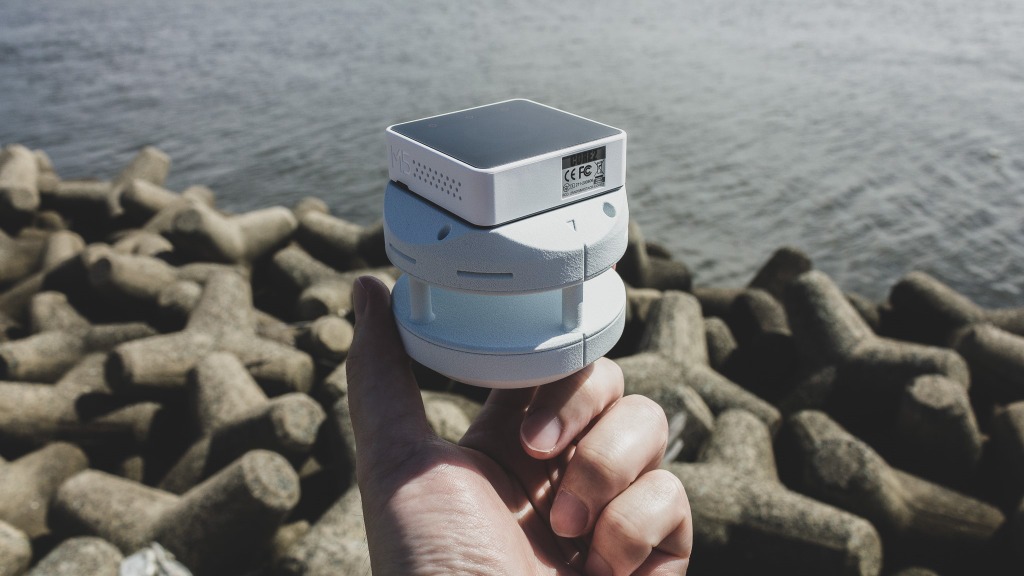
By developing, manufacturing, and selling such a competitive anemometer, we hoped to generate funds for balloon technology development.
Balloon technology development requires a long period and significant funding due to its scale and difficulty. Additionally, it takes time for its societal value to be recognized. Therefore, a sustainable source of funding is essential for such groundbreaking challenges. We concluded that using technology closely related to balloons and motivating each other's development would provide a sustainable funding source. (As mentioned, ultrasonic anemometers are essential for obtaining airspeed in balloons.)
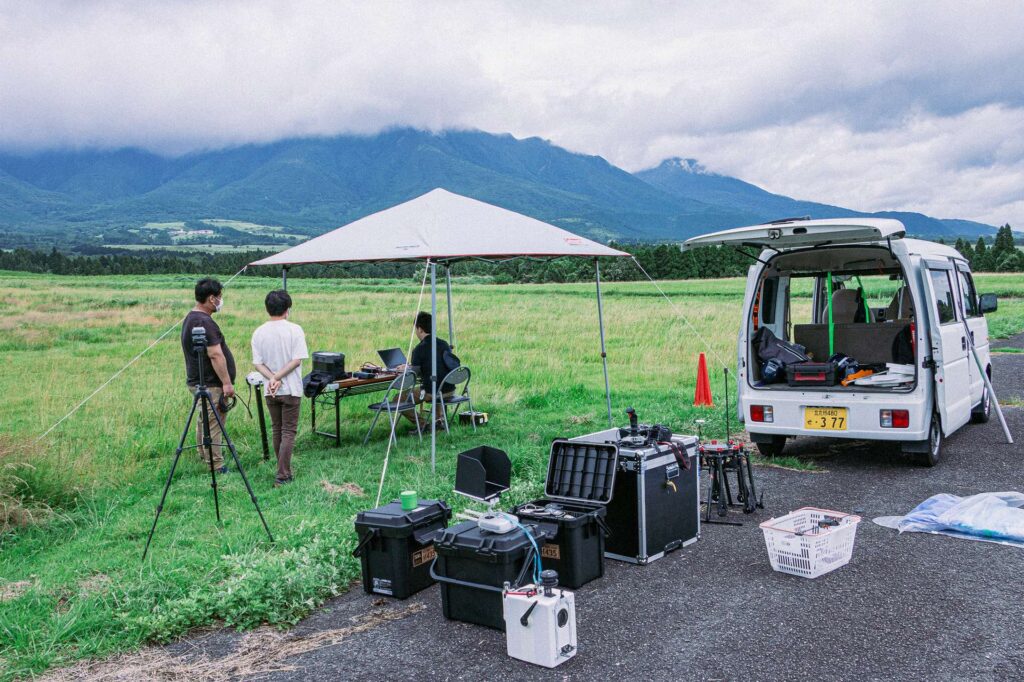
Instead of relying solely on temporary funding through crowdfunding or debt/equity financing based on business plans or concepts, we believed that developing products that benefit people and generating sales from them, even on a small scale, would provide invaluable experience for living as a maker.
Commercializing balloon projects is even more challenging than developing ultrasonic anemometers (the balloon project began 13 years ago). In this sense, the success of commercializing the ultrasonic anemometer was a litmus test for balloon development.
One year after embarking on this ambitious challenge, we have successfully shipped 100 units of the ULSA series.
While most ULSA sales are through consignment, making it difficult to track all customers, our customers so far include:
- Major manufacturers
- Companies specializing in airflow and ventilation systems
- Overseas electronic device suppliers
- Research institutions
- Universities
- Technical colleges
- Individuals
Fortunately, we have not received any trouble reports or complaints regarding the ULSA series to date. We will continue striving to deliver stable quality to ensure customer satisfaction.
On the other hand, we have received inquiries about installing M5Stack software for the highly customizable ULSA M5B, indicating some areas are difficult to understand. We aim to enhance user-friendly guides and manuals and expand the software to make ULSA more enjoyable and convenient for everyone.
This article reflects on the first year since ULSA's announcement. We sincerely thank you for your exceptional support through ULSA and hope you will continue to follow and support STRATOVISION's activities.
Hiroki Kono, Owner of STRATOVISION
ULSA can be purchased from Switch Science's marketplace.


